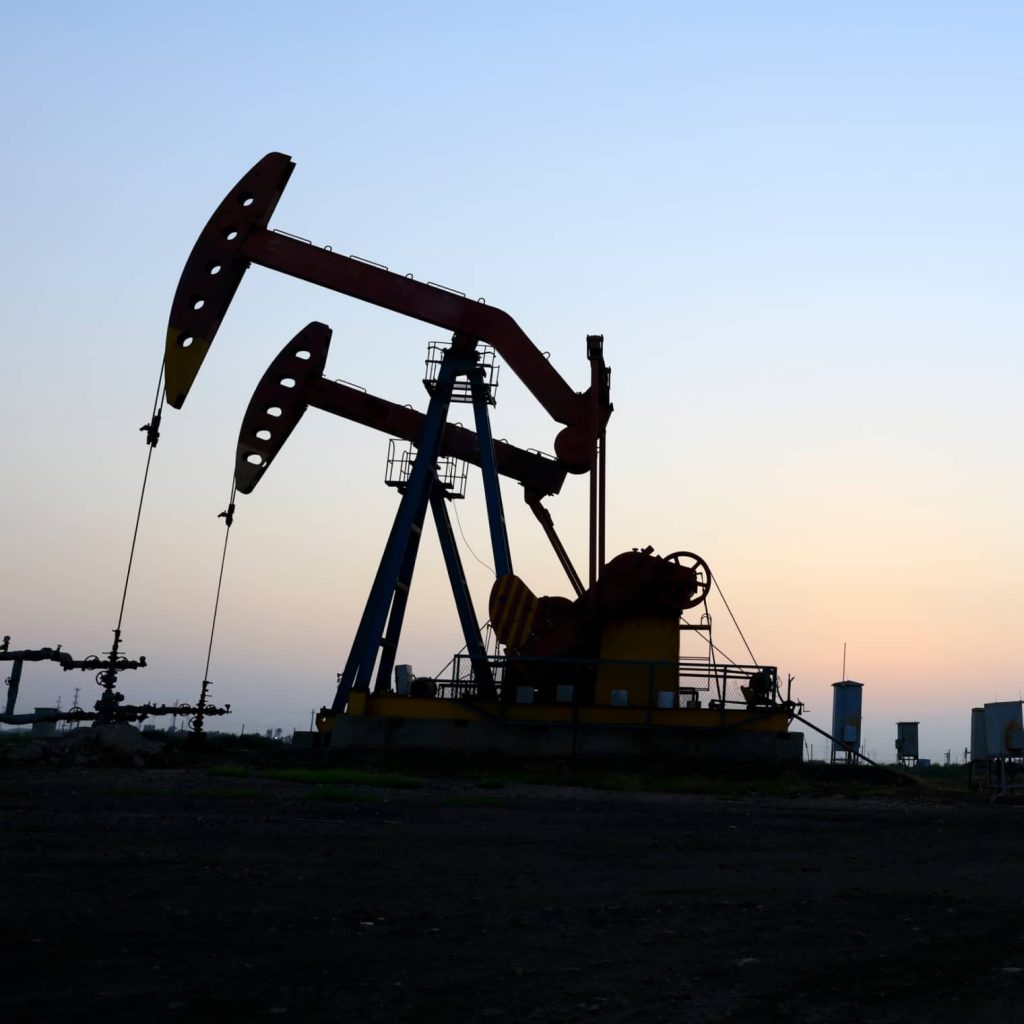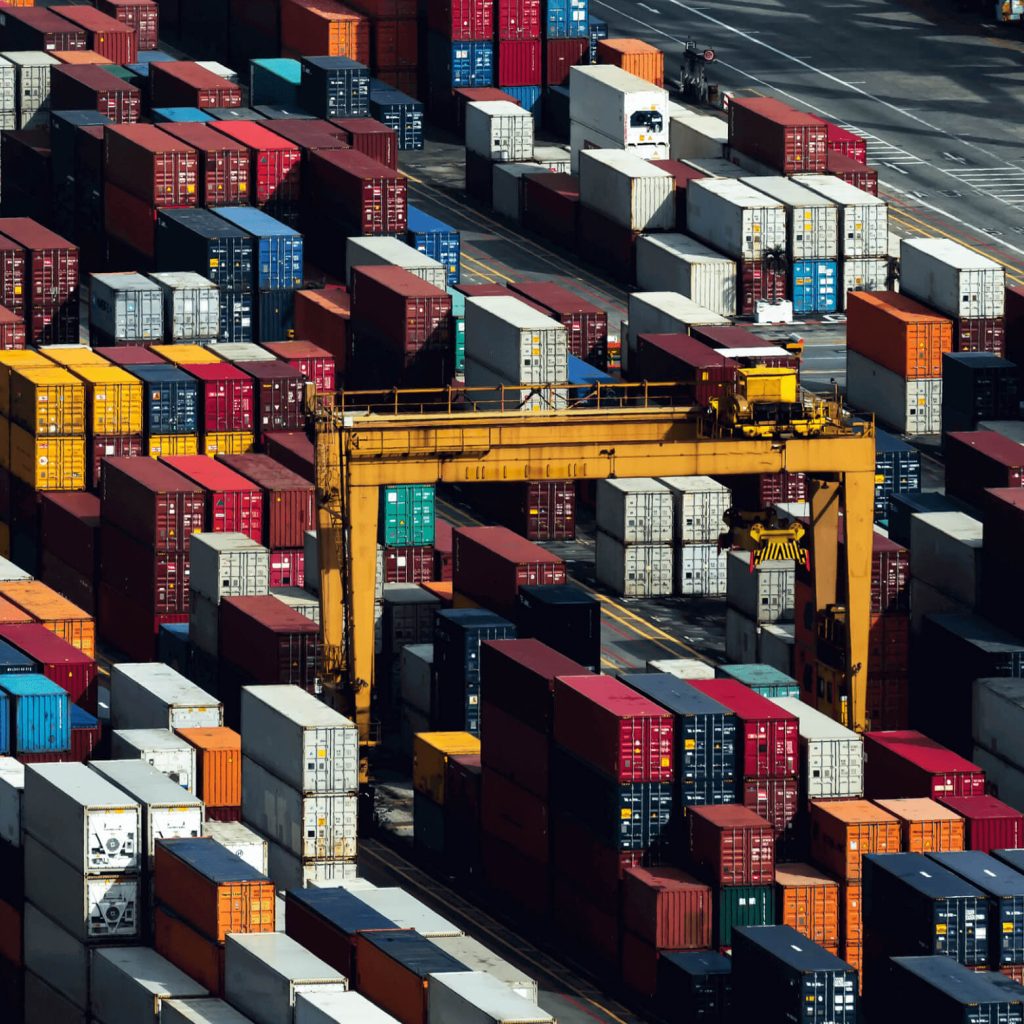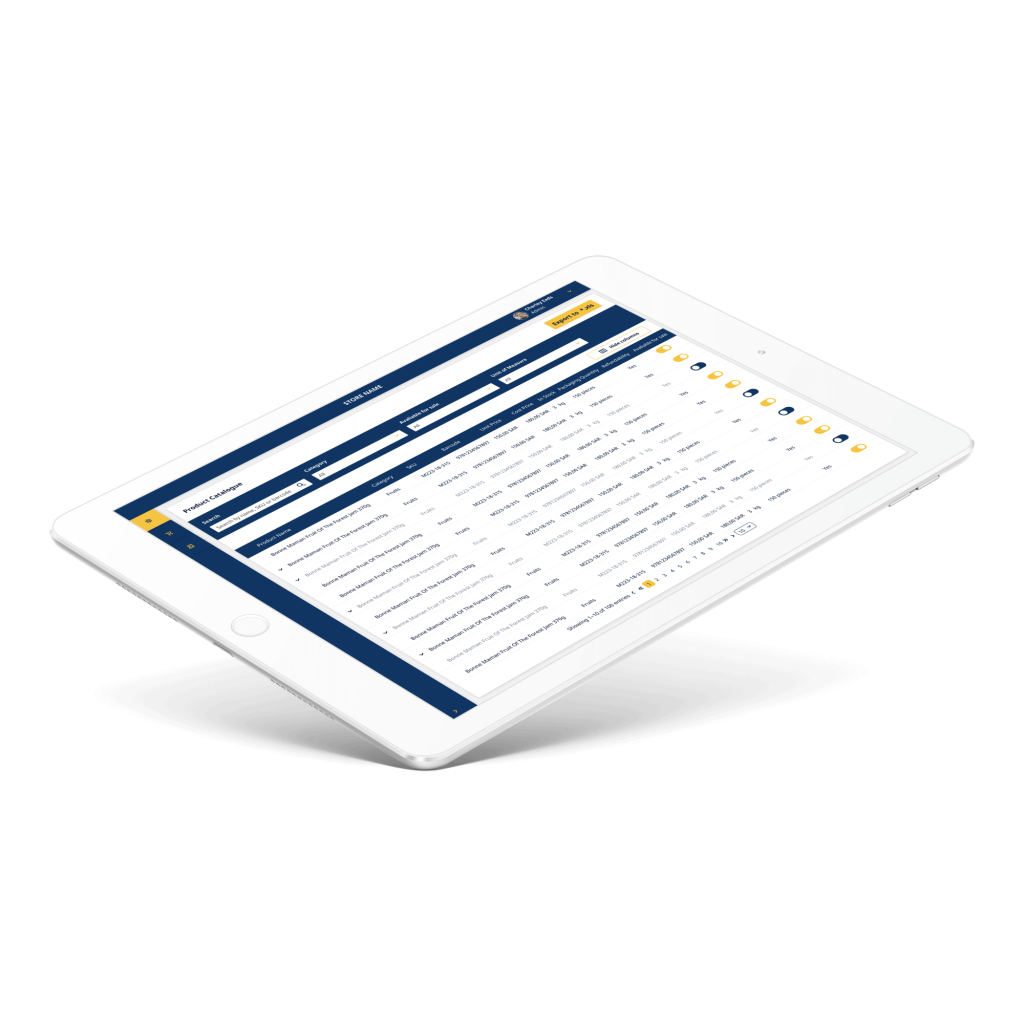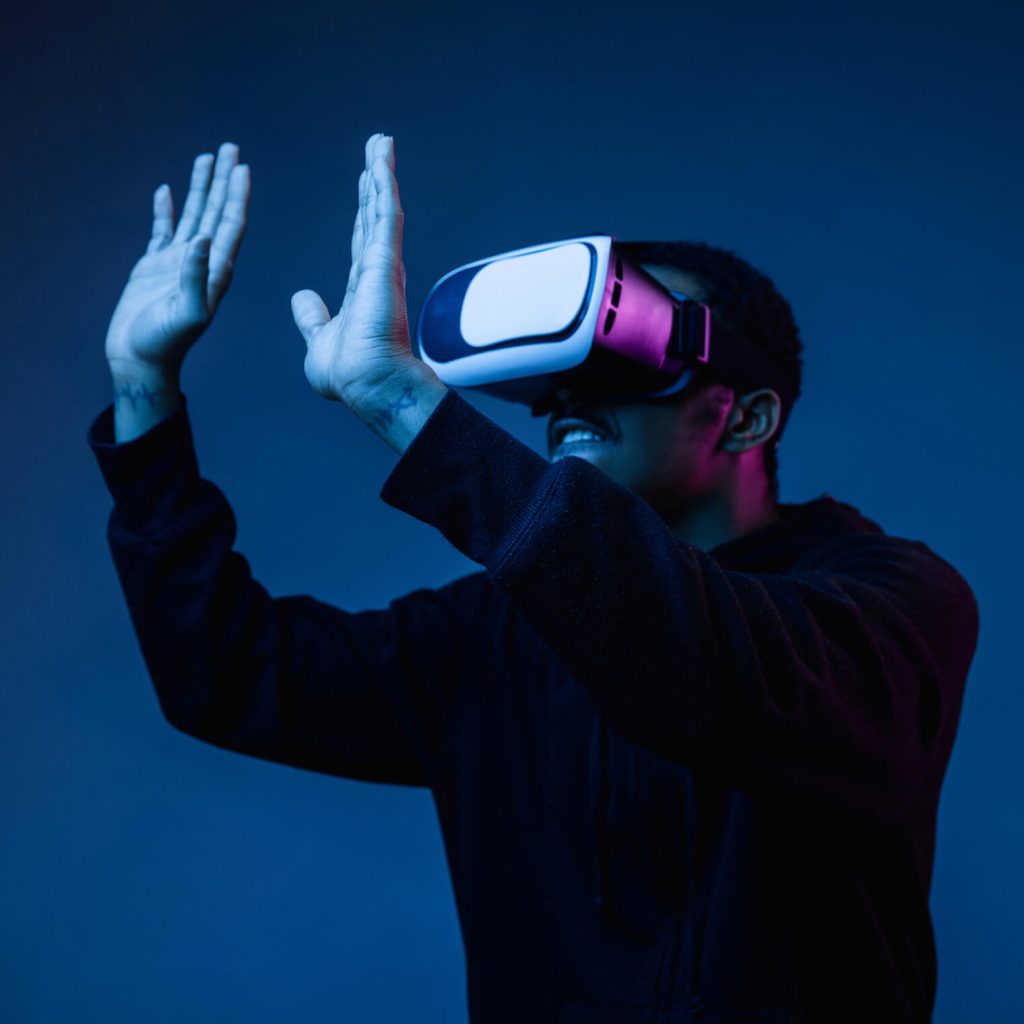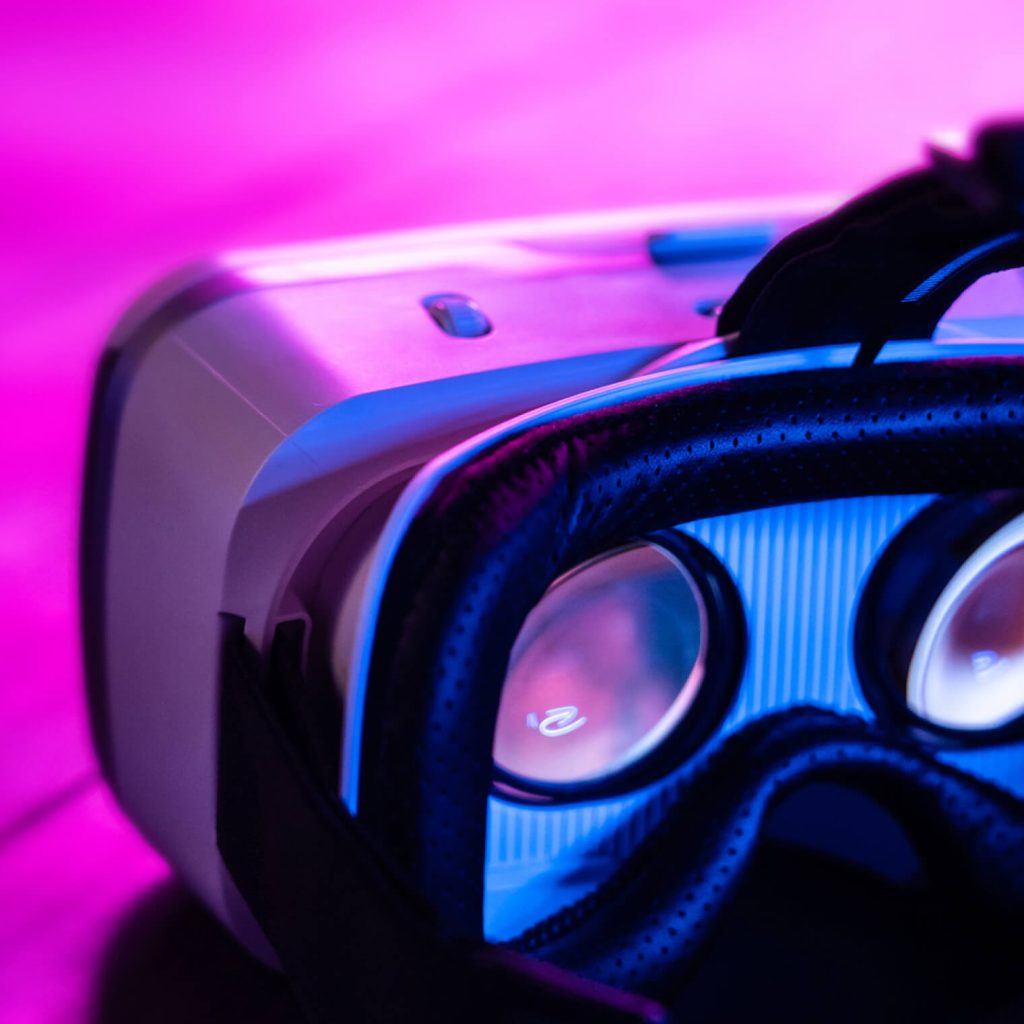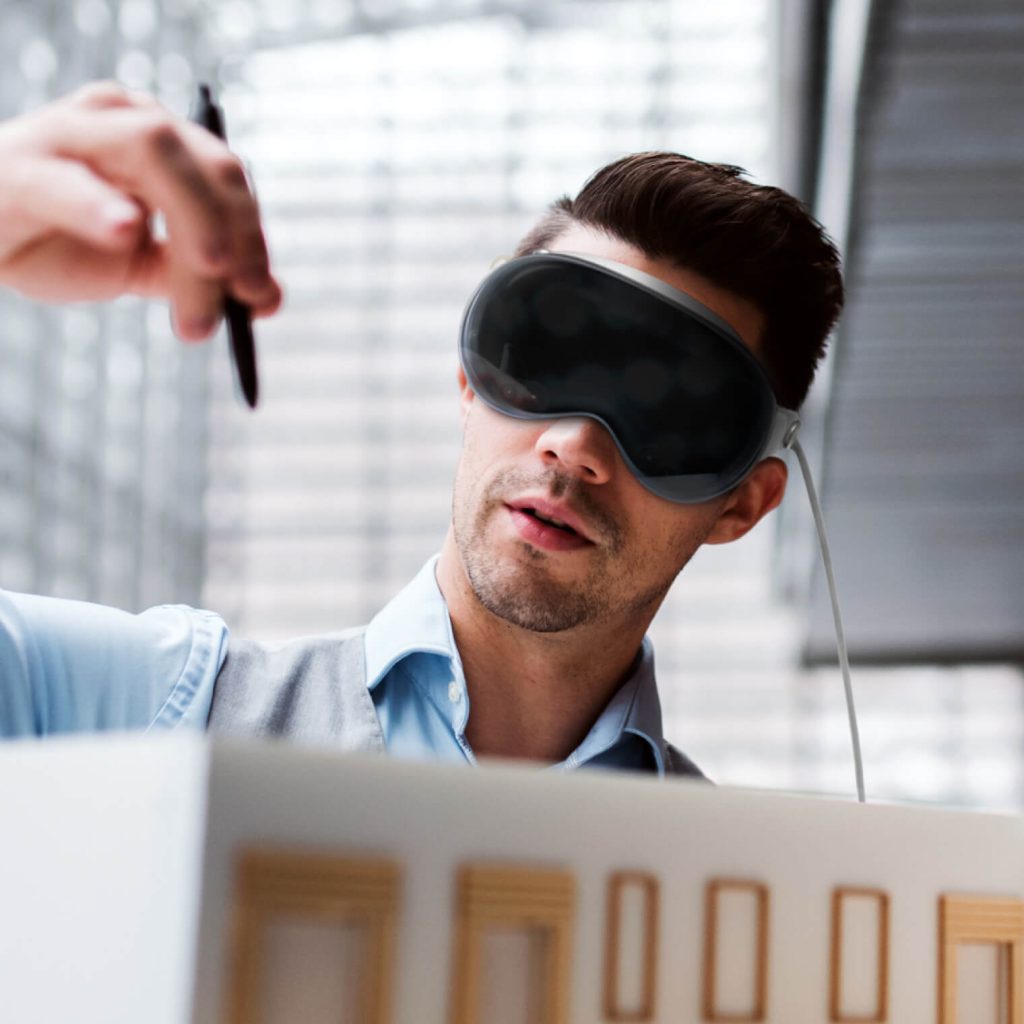In today's dynamic business landscape, prioritising safety is a regulatory requirement and a strategic imperative for sustainable growth and success. Safety training is a cornerstone of any robust occupational health and safety program, irrespective of industry. From manufacturing plants to corporate offices, the significance of comprehensive safety training cannot be overstated.
Employers implementing effective safety and health programs may expect to significantly reduce injuries and illnesses and the costs associated with them, including workers' compensation payments, medical expenses, and lost productivity. This is when innovative tools like AR and VR software solutions can help, particularly for simulating fire-related scenarios.
How immersive technologies revamping safety trainings
The immersive nature of AR and VR allows for the creation of highly realistic training environments where participants can experience the intensity and unpredictability of fire and smoke without any real-world risks. This level of simulation closely replicates actual emergency conditions, giving trainees the opportunity to practice their response to various fire types and situations in a safe and controlled environment.
Additionally, VR and AR training programs help manage fire-related waste, ensure hazardous substances are stored and disposed of safely, and help meet environmental regulations for substances that can harm the ozone layer.
The flexibility of these technologies means that training can occur at any time and location, offering unlimited practice opportunities. It is especially crucial in fire safety training, where the ability to react swiftly and correctly can be crucial in saving lives.
AR and VR technologies are not merely enhancing the efficiency and engagement of fire safety training but are fundamentally transforming how such training is conceived and delivered. They provide an essential tool in preparing to face fire emergencies with confidence and competence, ensuring that the reactions become instinctive when faced with real-life fire scenarios.
Key benefits of AR safety training
As regular safety training has a low rate of efficiency, there is AR technology that can improve statistics. AR technology has a wide range of usage in different areas and domains. It has proven itself in entertainment, architecture, energy, manufacturing, retail, and many others. This technology can be also used at safety training to make it more interesting, clearer and the one that will be remembered.
Enhanced practical training:
- Traditional safety training typically consists of a theoretical component, which is universally essential, alongside a practical aspect. However, the practical segment is frequently abbreviated or overlooked due to resource constraints, such as a shortage of diverse fire extinguishers. Additionally, thorough review of evacuation procedures is seldom practiced, and employees may easily forget evacuation routes during critical situations. This presents an opportunity for AR technology to enhance the practical training component.
- Instead of looking at a complicated evacuation plan, employees can use AR to seamlessly navigate the building. Irrespective of their location within the building, these glasses will overlay gamified arrows, indicating the shortest route to safety. It might be very useful to know not only general paths but the exact way from one's workstation to the exit. To make it more fun and competitive, there can be an option to show a time counter for the user so he will know how quickly he can reach a safe place. If a person goes through an evacuation plan at least once, there will be more chances to repeat it in an emergency.
Efficient evacuation guidance:
- Essential knowledge during a fire includes the precise locations of fire extinguishers, first aid kits, and emergency exits. Often overlooked in daily life, these details become crucial in emergencies. AR safety training not only guides individuals along the shortest escape routes, including emergency exits, but also identifies fire extinguisher placements and first aid kit stations.
- In addition, AR glasses can be used for evacuation not only during the safety training but also real fire incidents. With the fast-growing market of AR glasses, more employees wear them for work on a regular basis. In the event of a real fire, wearers receive immediate alerts and directional guidance to the nearest exit. Visual cues, such as green arrows, direct individuals to safety while highlighting the locations of fire extinguishers and first aid kits. Even users without prior safety training can follow these visual cues to swiftly evacuate to safety.
Interactive real-life like experience:
- The other feature of safety training with AR glasses is the possibility of working with different fire extinguishers. There are no limits in AR world, so users can try to pick up the right extinguisher for the right case and, with built tips, find out how to use them. While engaging in firefighting simulations may initially appear entertaining, the process also contributes to the formation of muscle memory, ensuring the retention of valuable experiential knowledge.
Personalised feedback and statistics:
- To make AR training even more efficient, personalised statistics and tips can be gathered once the user reaches a secure location, their glasses will indicate the completion of the training session and provide feedback on what was executed correctly and where improvements are needed. Additionally, comprehensive statistics regarding all completed training sessions, including average evacuation times and other relevant metrics, can be compiled.
To sum up, AR glasses are widely used in safety training. It can be used in different buildings, whether it is a large manufacturing or tech company office. If there is a building, an employee, and an evacuation plan, there is free space for AR safety training. Gamification and competitive elements will make sure that users will remember needed information and will be able to reproduce it at an emergency moment.
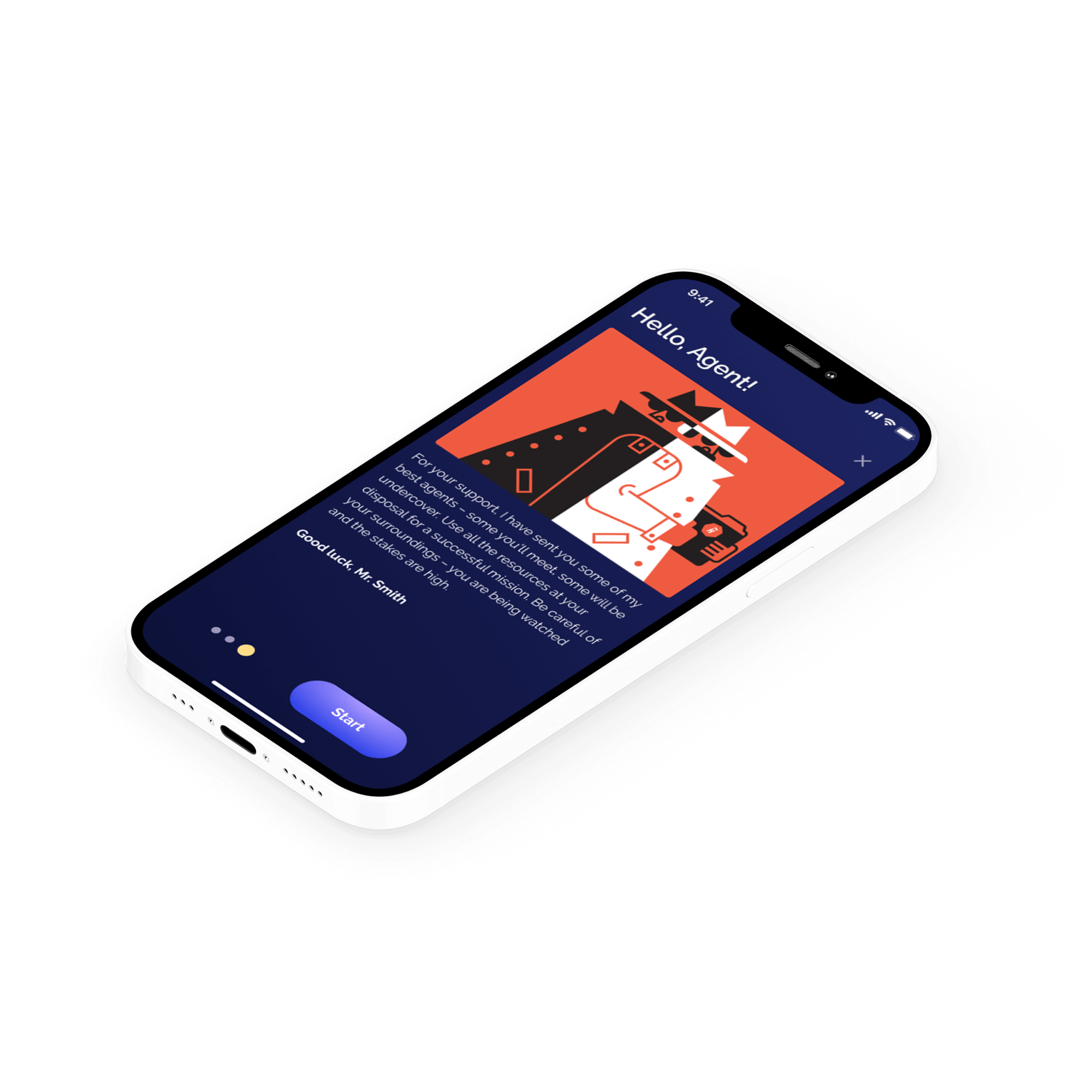
Navigating the landscape of VR and AR glasses and development approaches
Once safety training requirements have been gathered, you can initiate the application development planning phase. Companies encounter numerous considerations when planning and implementing VR and AR solutions. One of the primary inquiries is often centered around selecting the appropriate glasses for the task.
Numerous producers, including Microsoft, Magic Leap, XReal, and Apple, contribute to the diverse landscape of VR/AR glasses. Unlike the standardized market for Android smartphones, the VR/AR glasses market exhibits variations due to each producer's efforts to distinguish their offerings with unique features. Consequently, producers develop separate Software Development Kits (SDKs) tailored to their hardware. For example, XReal integrates a smartphone as the primary computing unit and controller, showcasing the diverse approaches within the industry.
IDEs (Integrated Development Environments) like Unity 3D and Unreal Engine, with the help of OpenXR, try to support as many platforms as possible. With their support, you can write code once and run it on different platforms. However, if you want to publish a product, you must do it separately for each platform.
Another approach that can simplify the process of development and publishing the product is to use the WebXR web interface. The web application can be written in JavaScript and deployed as a regular website. And it can be opened on a regular laptop or smartphone. But if you open that webpage on AR glasses - you can switch to immersive mode. Users will not see the difference between this web application and the native VR/AR application.
So, if you want to make an AR or VR application for multiple glasses vendors, you can use one of two popular approaches: either IDEs like Unity or Unreal Engine or a WebXR interface. WebXR is relatively new, but it has many advantages to consider.
Conclusions
In the ever-evolving landscape of workplace safety, the integration of AR and VR technologies is reshaping traditional safety training methodologies, particularly in preparing for fire emergencies. As highlighted, the immersive nature of AR and VR facilitates realistic simulations, allowing participants to experience and respond to fire-related scenarios without real-world risks.
The statistics speak volumes about the effectiveness and efficiency of AR and VR safety training. With VR environments enabling training speeds up to four times faster than traditional methods and a 52% increase in cost-effectiveness compared to classroom training, it's evident that these technologies are not just enhancing engagement but fundamentally transforming how safety training is conceived and delivered.
The benefits of AR safety training are manifold. From enhancing practical training by providing seamless navigation through evacuation routes to efficient evacuation guidance during emergencies, AR glasses offer personalised feedback and statistics, ensuring that employees are well-prepared to handle real-life fire incidents with confidence and competence.
As businesses navigate the landscape of VR/AR glasses and development approaches, it's crucial to choose the right technology partner to harness the full potential of AR and VR for safety training. At ELEKS, we specialise in developing tailored AR and VR solutions to meet the unique needs of diverse industries.
AR training refers to the use of augmented reality (AR) technology in training and educational contexts. AR overlays digital content onto the real world, typically through smartphones, tablets, or AR glasses. AR can enhance learning experiences in training applications by providing interactive, immersive, and contextualised content.
AR technology has multiple applications that can help improve training, situational awareness, and task execution. These applications can reduce the risks and prevent accidents. One of the significant uses of AR technology for safety purposes is in training initiatives. Another crucial application is streamlining maintenance and inspection procedures.
Related Insights
